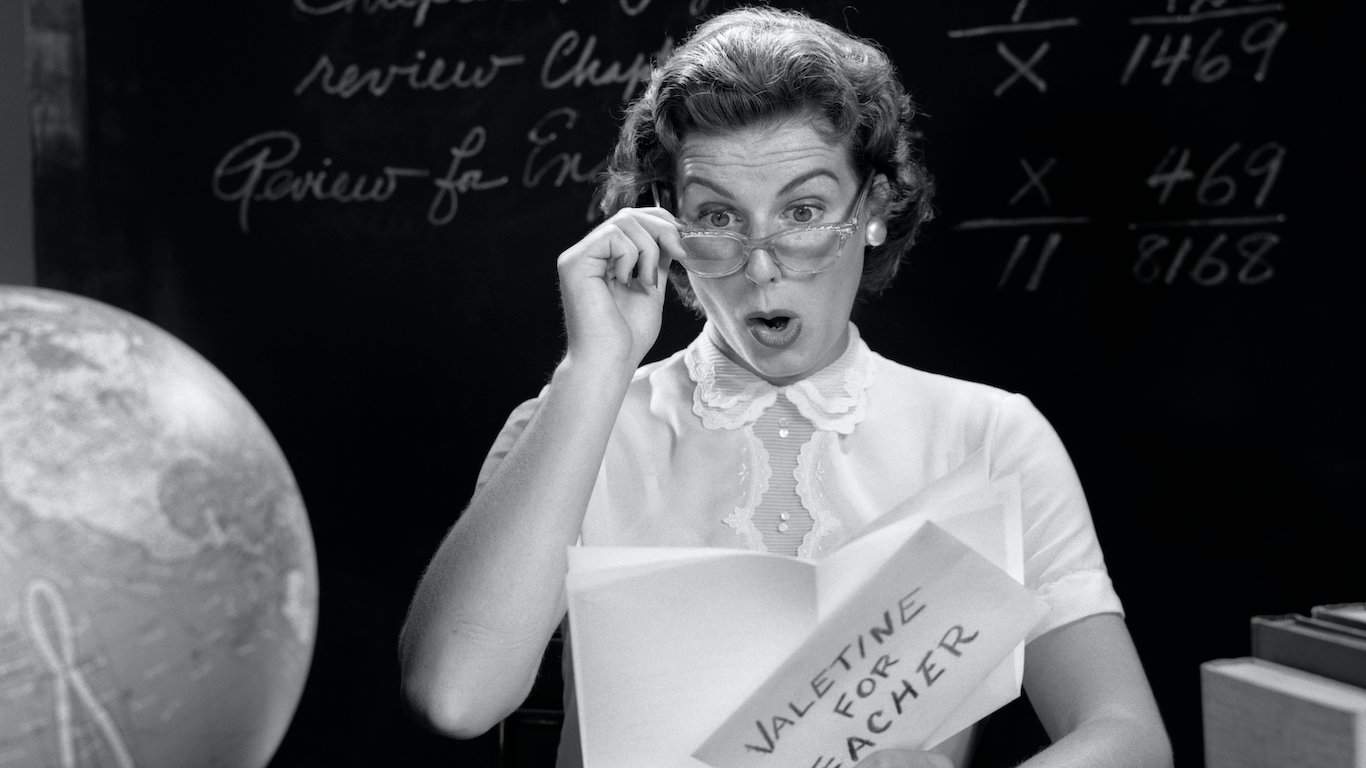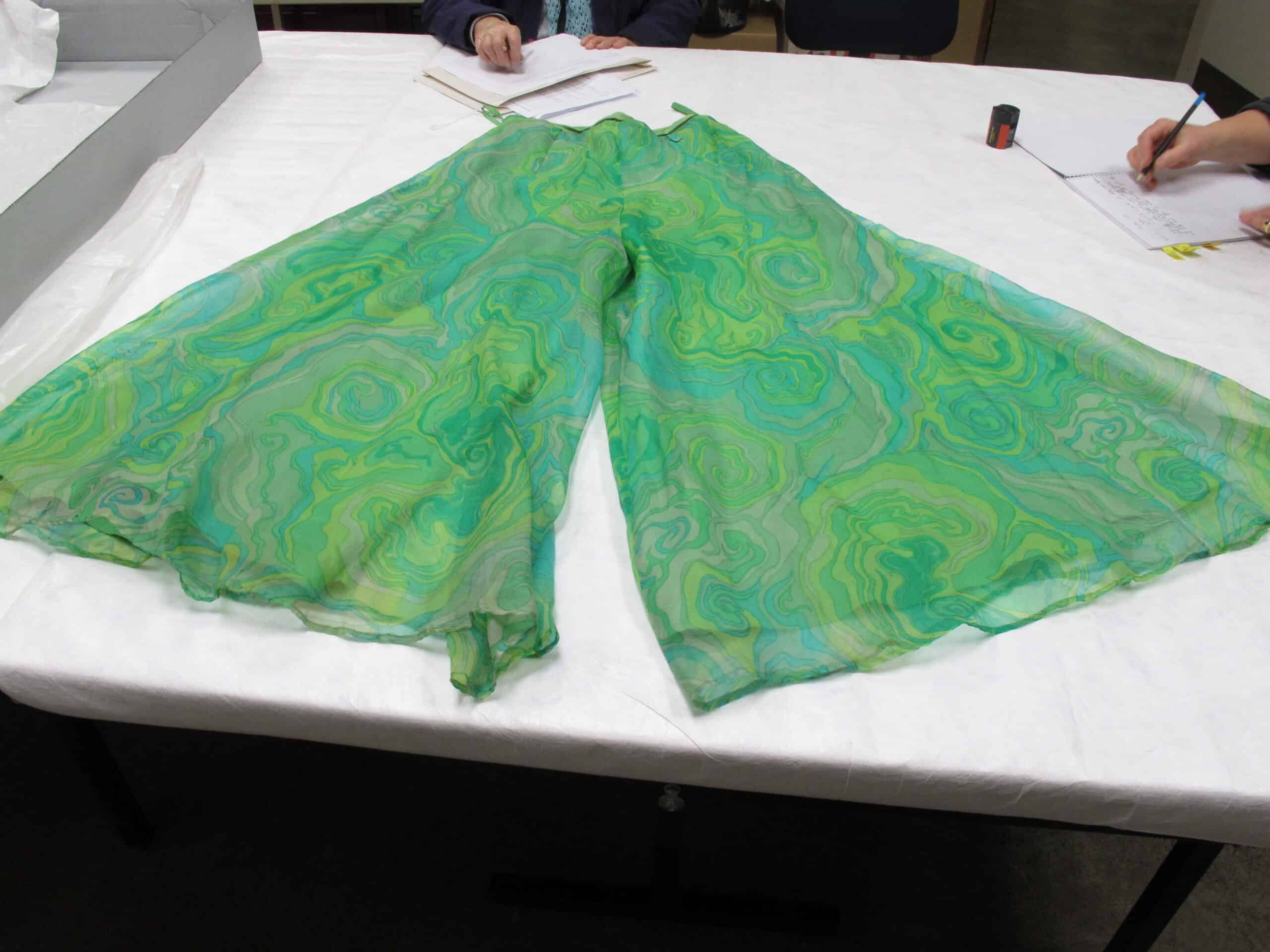Christian Dior played a big role in fashion trends from the ’50s. As the 1940s ended, Dior’s “New Look” line gained popularity. Military uniforms and supply shortages led to boxier, shapeless fashions during WWI and WWII. Both men and women wanted fashions that fit well, looked good, and were comfortable.
Natural materials like cotton, linen, silk, and wool remained popular, but synthetic fabrics like acetate, acrylic, nylon, polyester, and rayon started to appear. Silk and cashmere were popular for people with the money to spend on the pricier materials. Several fashion designers helped shape these mid-century fashions, but women also made their family’s clothing using store-bought patterns from companies like Blackmore, Butterick, Simplicity, and Vogue.
Many women stayed home while their husbands worked, but Dior helped them feel and look feminine while shopping, visiting friends, hosting guests, or completing household chores. Formfitting ’50s women’s fashions emphasized a woman’s hourglass figure without exposing more skin than was acceptable for the times. This new line changed mid-century fashions, and these are 22 trends we’d like to see come back.
For my list of 1950s fashion trends, I’m focusing on trends that may come and go over time, but they don’t seem to hang around for long. Most of these apply more to women, but I’ve tried to include men as much as possible. (Read more about them in “The Most Iconic Fashion Trends of the ’50s.”)
Bracelet Sleeves

Bracelet sleeves, also referred to as three-quarter sleeves, end halfway between the wrist and elbow. The sleeve length flattered a woman’s narrower wrist by hiding the wider part of the arm. Plus, they ensured bracelets and designer watches weren’t hidden under clothing.
Cartwheel Hat

Hats were a major part of the 1950s fashions, and the cartwheel hat was one of the most popular. The hat’s wide base and flat, shallow crown resembled a cart’s wheel, hence its name. This hat offers the perfect solution to shading the face from the sun’s UV rays.
Circle Skirts
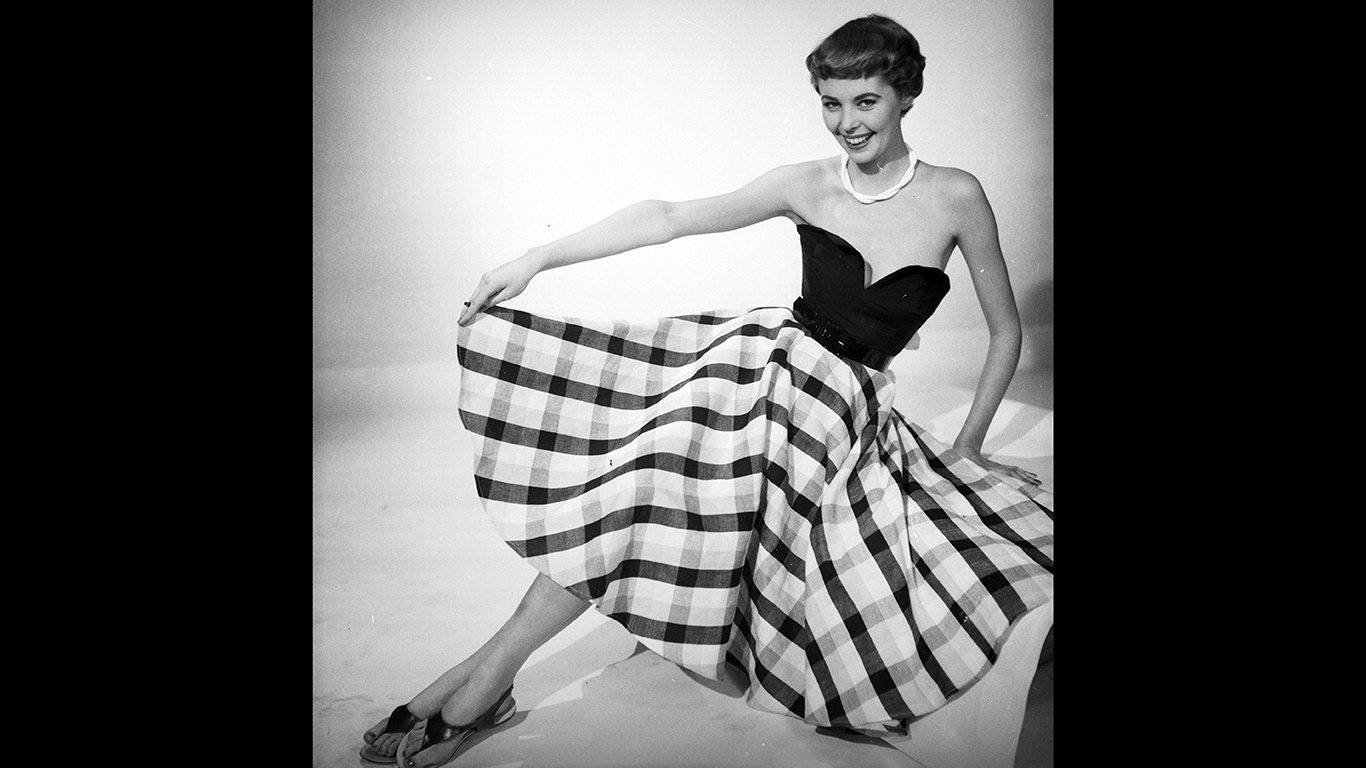
Full skirts remained a staple of every women’s closet. One of the trendiest was circle skirts, which got their name from their circular appearance when laid flat. The skirt material formed a perfect circle around the elastic waist opening. Singer-turned-designer Juli Lynne Charlot perfected the circle skirt with her iconic poodle skirt that added felt poodles to the skirt.
Culottes
History’s first culottes were knee-length pants worn by aristocrats and military members. In the 1950s, designer Claire McCardell helped bring culottes back into the limelight. She believed comfort came first in any design. It took the length of capris but widened the legs creating shorter pants that resembled a skirt at certain angles.
Drainpipe Jeans
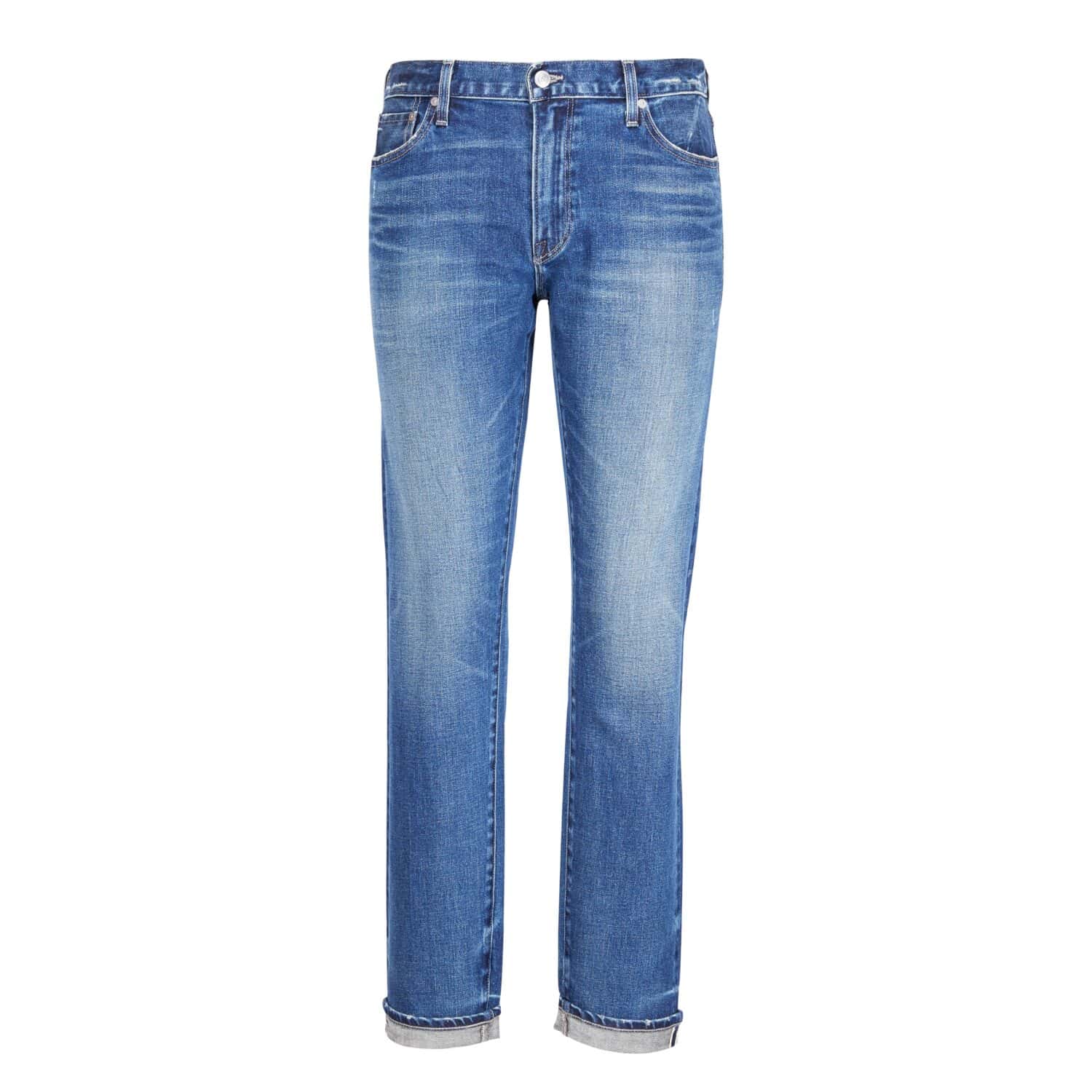
Drainpipe jeans are jeans that taper slowly to the ankle where they’re form-fitting. In the 1950s, this take on skinny jeans often had a higher waist that reached up toward the belly button. Levi’s reigned supreme when it came to these jeans that were worn by celebrities including Elvis and James Dean.
Fedora
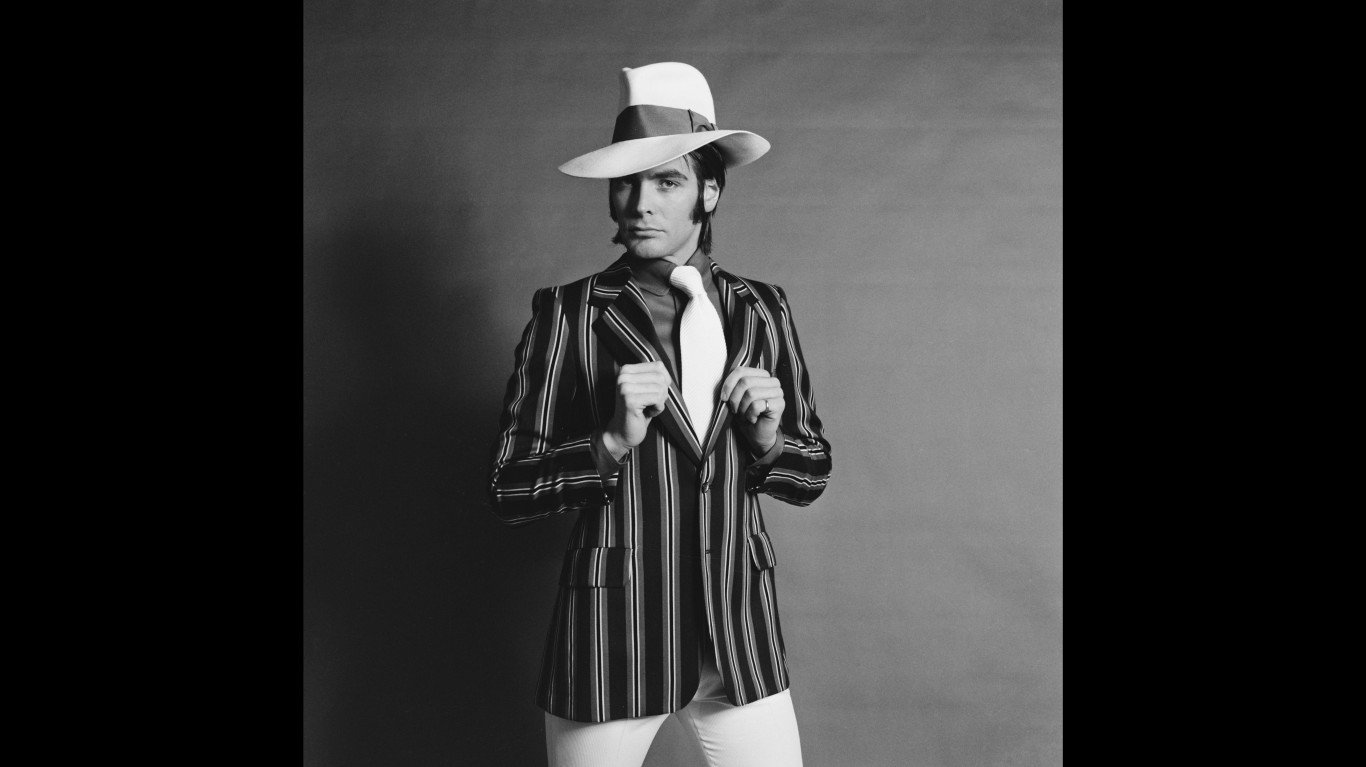
Men in the 1950s had several hat styles available, but the fedora remained at the top of the list. The felt hat features a pinched indent running down the top and a brim about 2 to 3 inches wide. During the 1956 film “The Man in the Grey Flannel Suit,” Gregory Peck wore the fedora well.
Halter Blouse and Dress

One ‘50s fashion trend was to skip shoulders and have a halter with straps that met around the back of the neck, showing off the shoulders and more of the back. There was also the halter dress where the straps met behind the neck, fully exposing the back. If you’ve seen Marilyn Monroe’s famous gold dress in “Gentlemen Prefer Blondes,” you’ve seen a classic halter dress.
Jeans and White T-Shirts
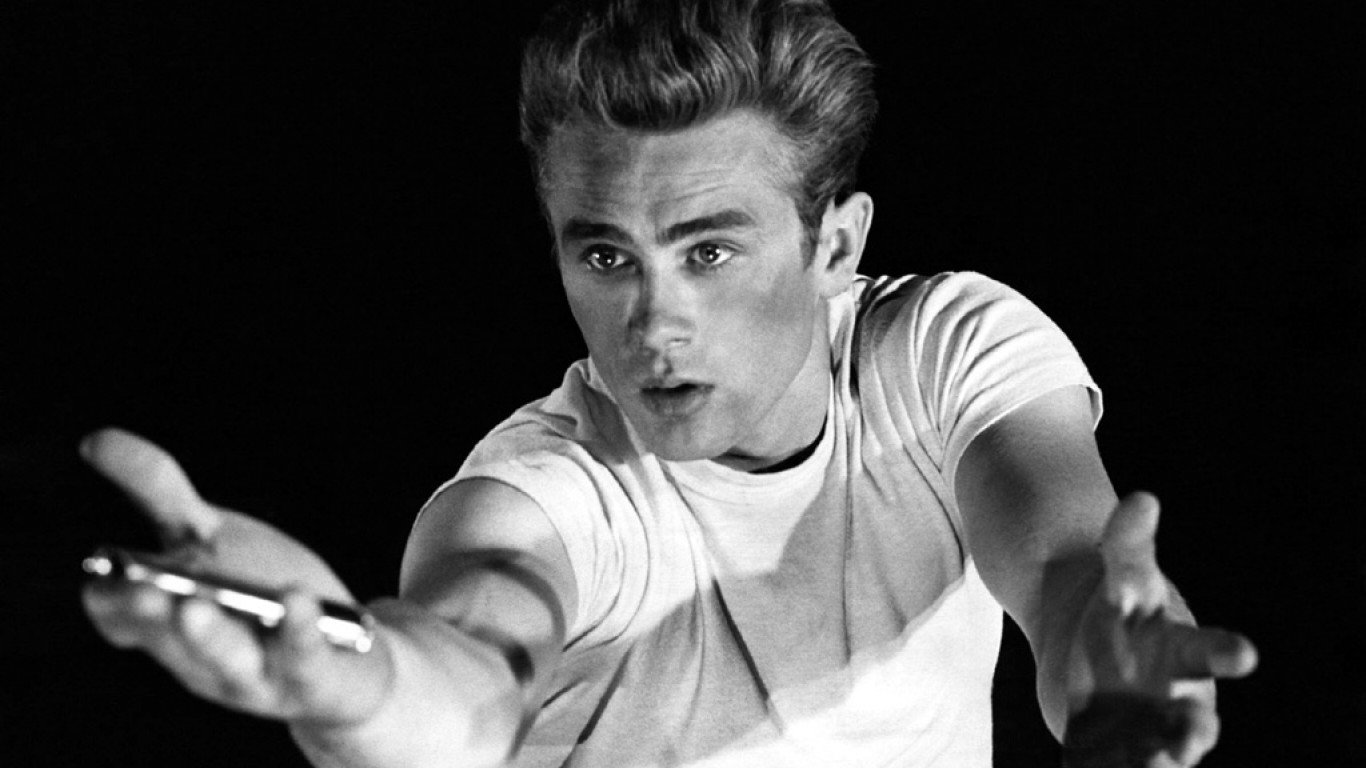
James Dean’s classic outfit in “A Rebel Without a Cause” is one of the reasons jeans and white cotton T-shirts entered the fashion scene. It’s a simple, comfortable fashion that suits all ages and isn’t gender specific.
Knot Stitch Blouse
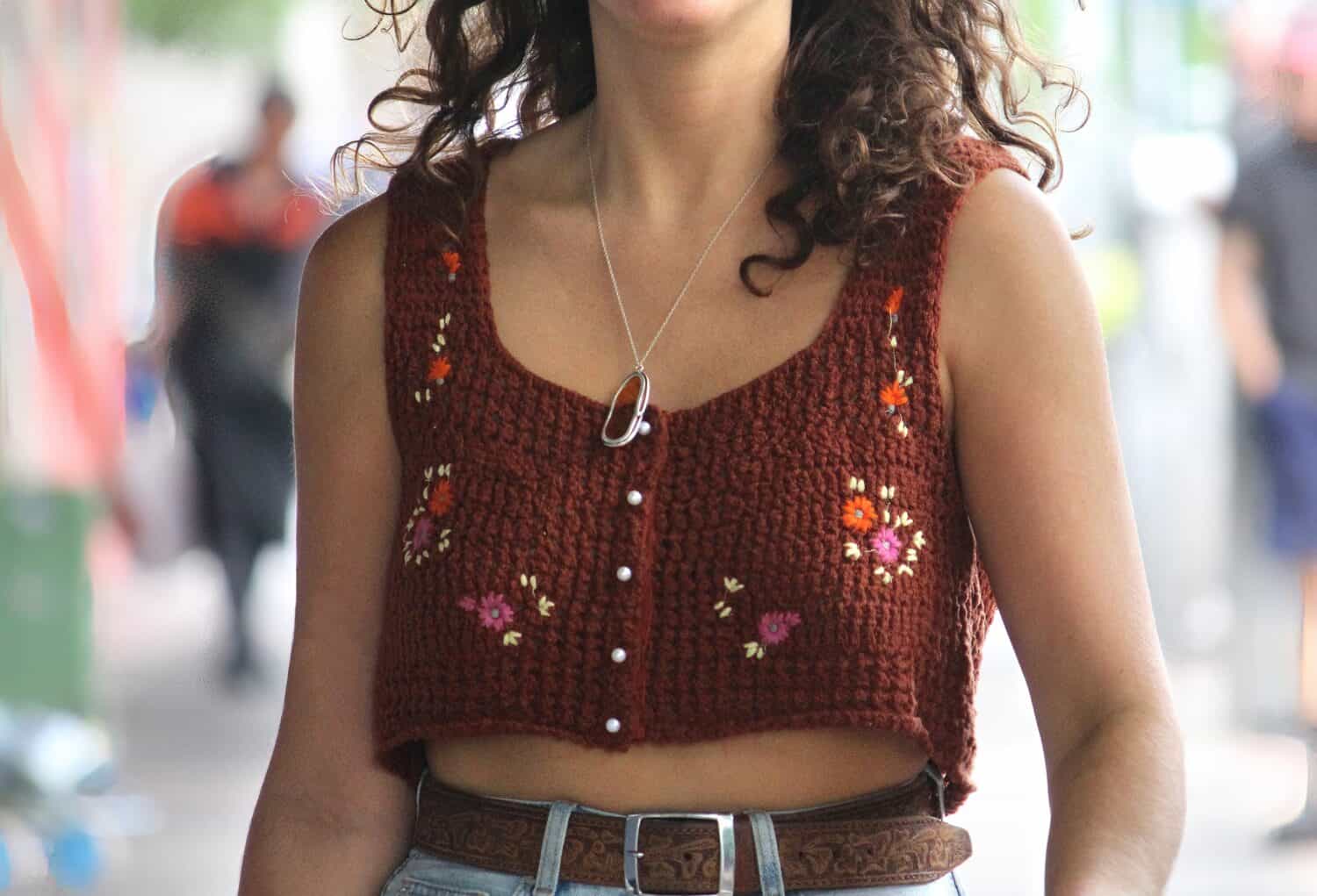
Women started crocheting long before the 1950s, but blankets and throws, rugs, and teapot cozies were common handcrafted items. Crocheted clothing, particularly the knot stitch blouse, became a ‘50s women’s fashion staple.
Mackinaw Jacket
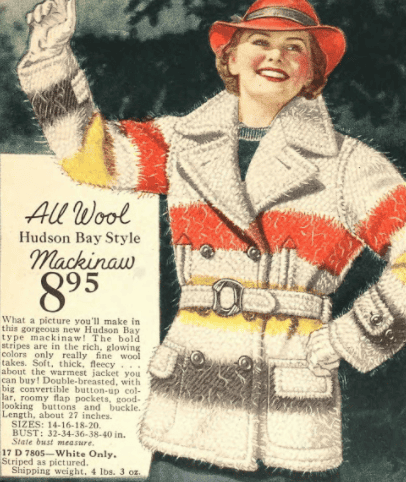
The Mackinaw jacket is a heavy wool jacket designed to keep workers warm when they’re outside for extended periods. It became a sought-after jacket thanks to Marlon Brando’s character in “On the Waterfront.”
Mushroom Hat
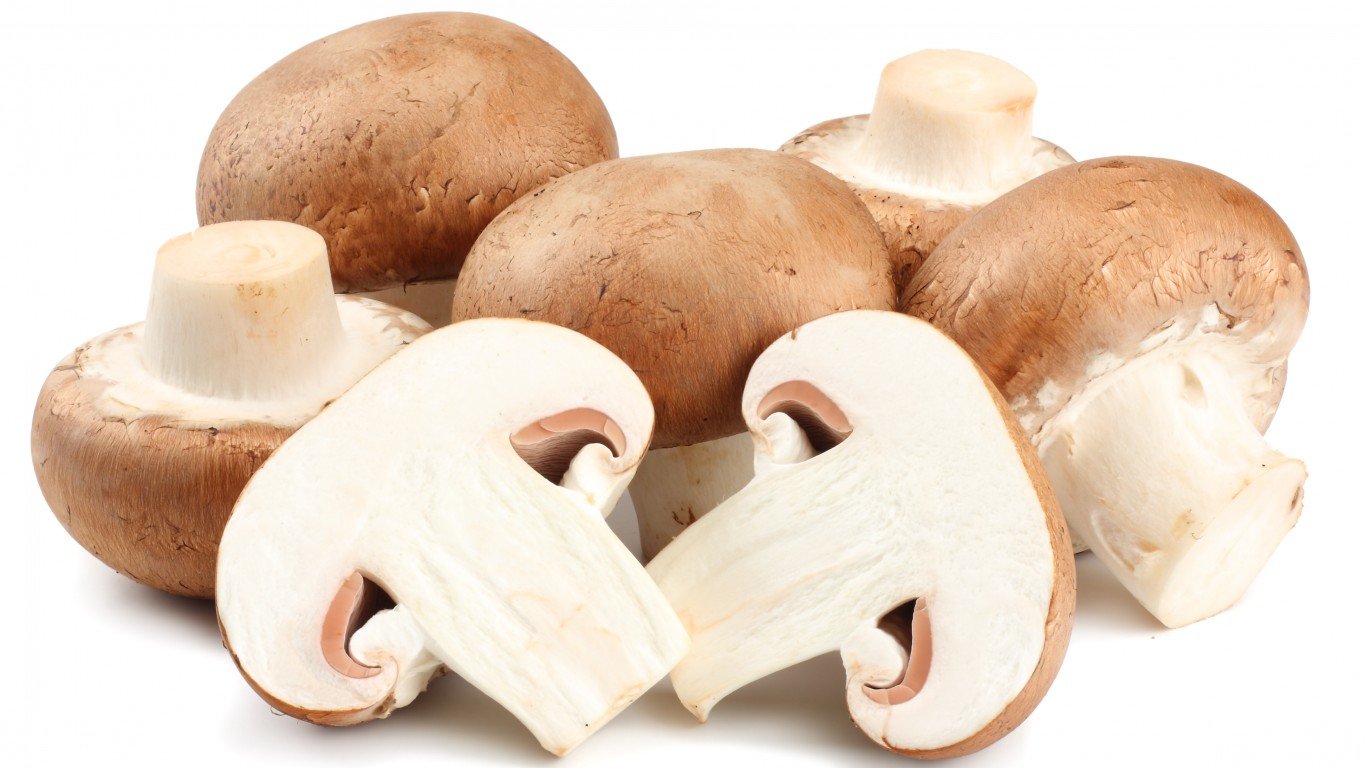
Christian Dior’s “New Look” collection also brought the mushroom hat to the forefront of fashion. Like the cartwheel hat, the hat’s wide brim shades the face. However, the brim of the mushroom hat resembles a mushroom cap. Watch Audrey Hepburn stroll down the street in her little black dress in “Breakfast at Tiffany’s.” She’s wearing a mushroom hat.
Pedal Pushers

Pedal Pushers are similar to capris but shorter in length. The cuff fits tighter to the calf and could have a slit to increase comfort. They earned their name as they were popular while riding bikes as the material didn’t get caught in the bike’s chain.
Polka Dots
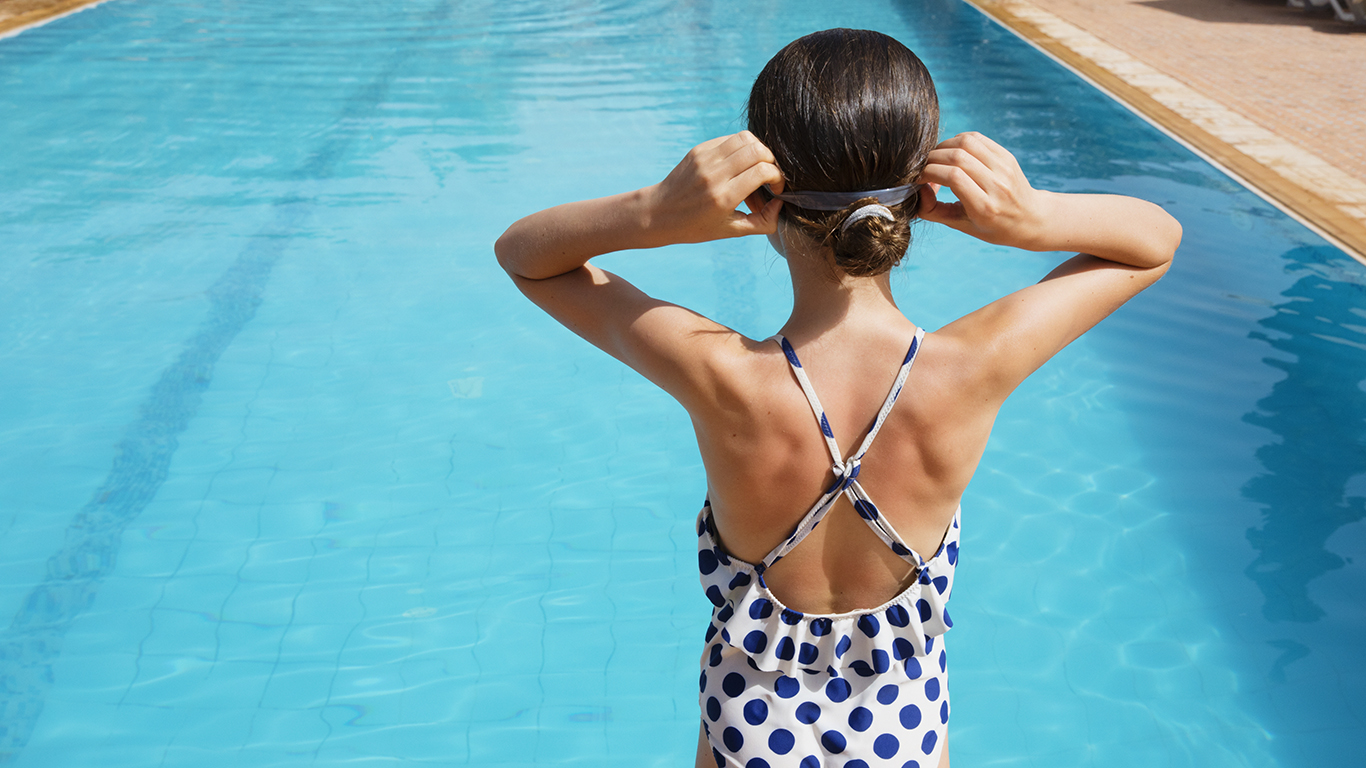
The Cheney Brother’s 1918 booklet explains the origins of the term “polka dots.” President James Polk’s campaign coincided with the U.S.’s introduction into the Polka. The increasing popularity of the new president and this dance got the fashion industry buzzing with new dotted spring and summer lines including a pattern formerly referred to as “spots.” It’s a classic ’50s design that I’d love to see make a strong return.
Poodle Cut
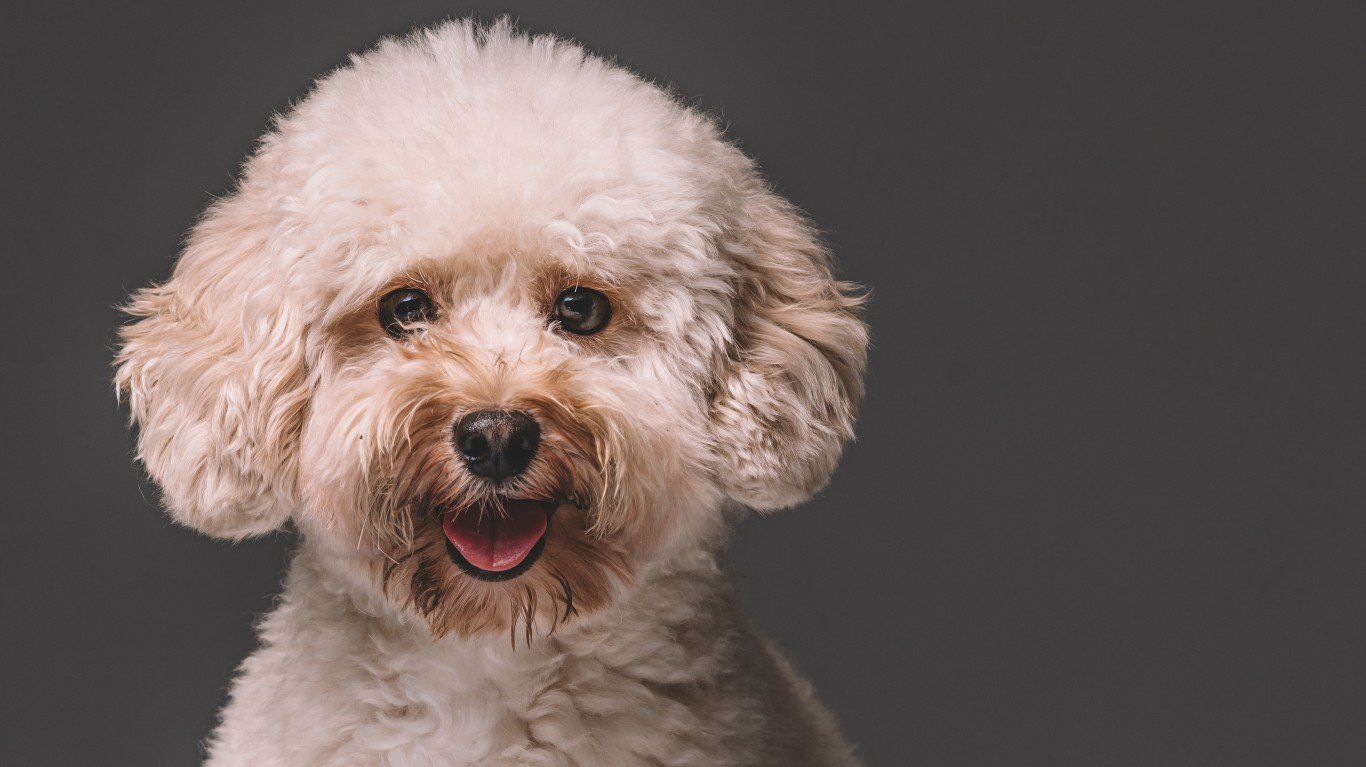
A specific hairstyle became fashionable in the 1950s and paid tribute to the dog. The poodle cut was perfect for people with naturally curly hair. Instead of fighting to straighten their curls, women let them go wild in short haircuts or swept up so that the curls sat on top of the head. Lucille Ball made the poodle cut famous in “I Love Lucy.”
Raglan Blouse
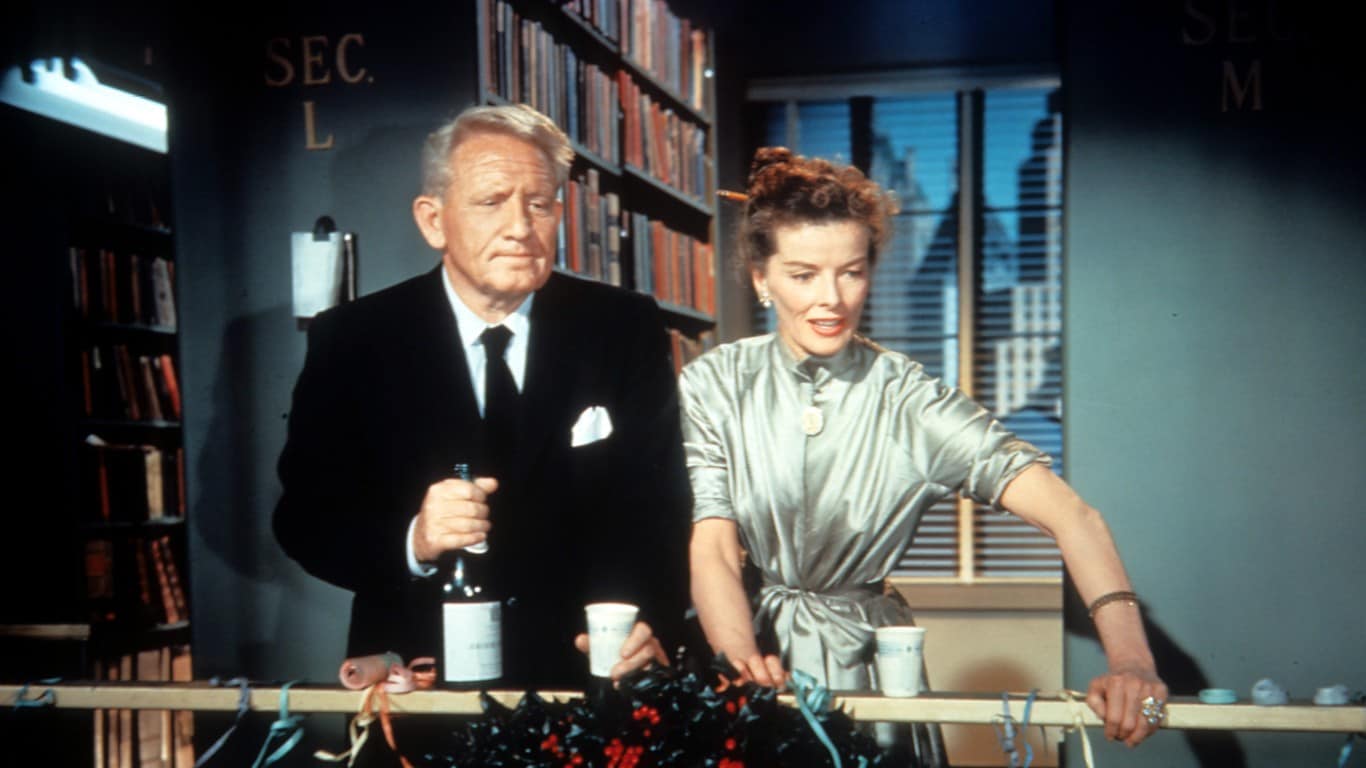
Spencer Tracy and Katharine Hepburn in a scene from the film Desk Set, 1957. (Photo by 20th Century-Fox/Getty Images)
The raglan blouse is a classic fashion that should return. The darts at the shoulders and waist created a fitted design that could be tucked in or left untucked. Bracelet sleeves finished the look.
Sack Dress
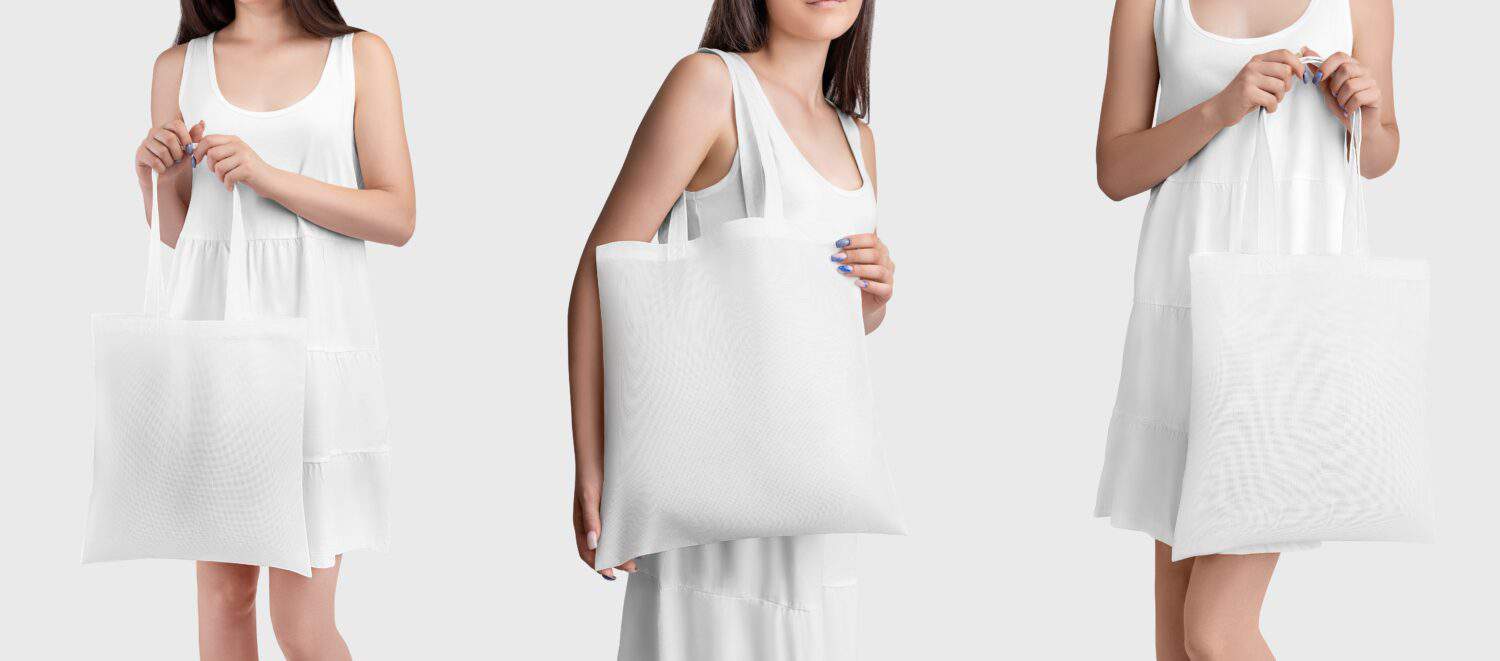
During the 1950s, fashion designer Cristóbal Balenciaga moved past Christian Dior’s fitted, hourglass look when he created a sack dress. Instead of nipping in tight waists, the waistline dropped and the shoulders were broadened to create comfortable dresses that focused more on shoulders and legs than waists and hips.
Suspenders Skirt
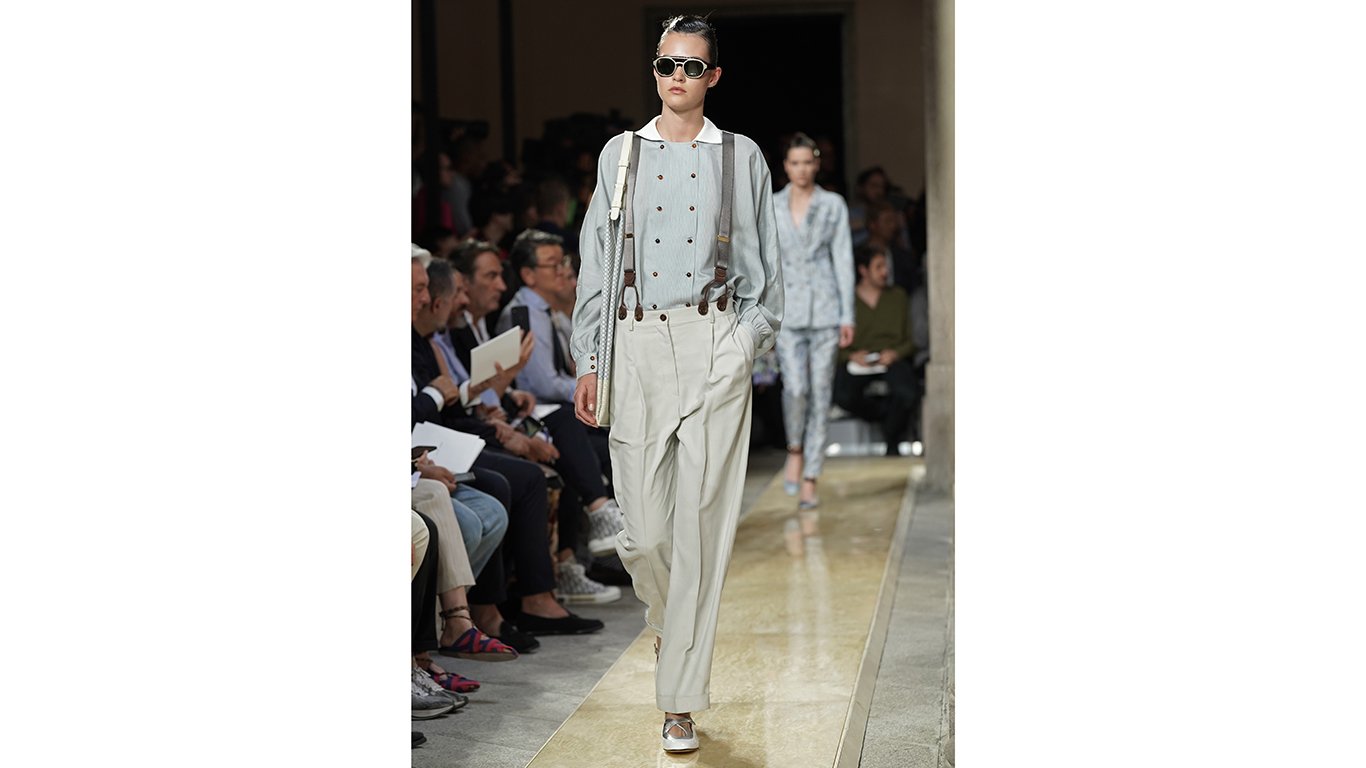
The fuller skirt that was immensely popular in the 1950s became a bigger trend with suspenders attached to the higher waistline. The suspenders in the back were often crisscrossed.
Swing Coat
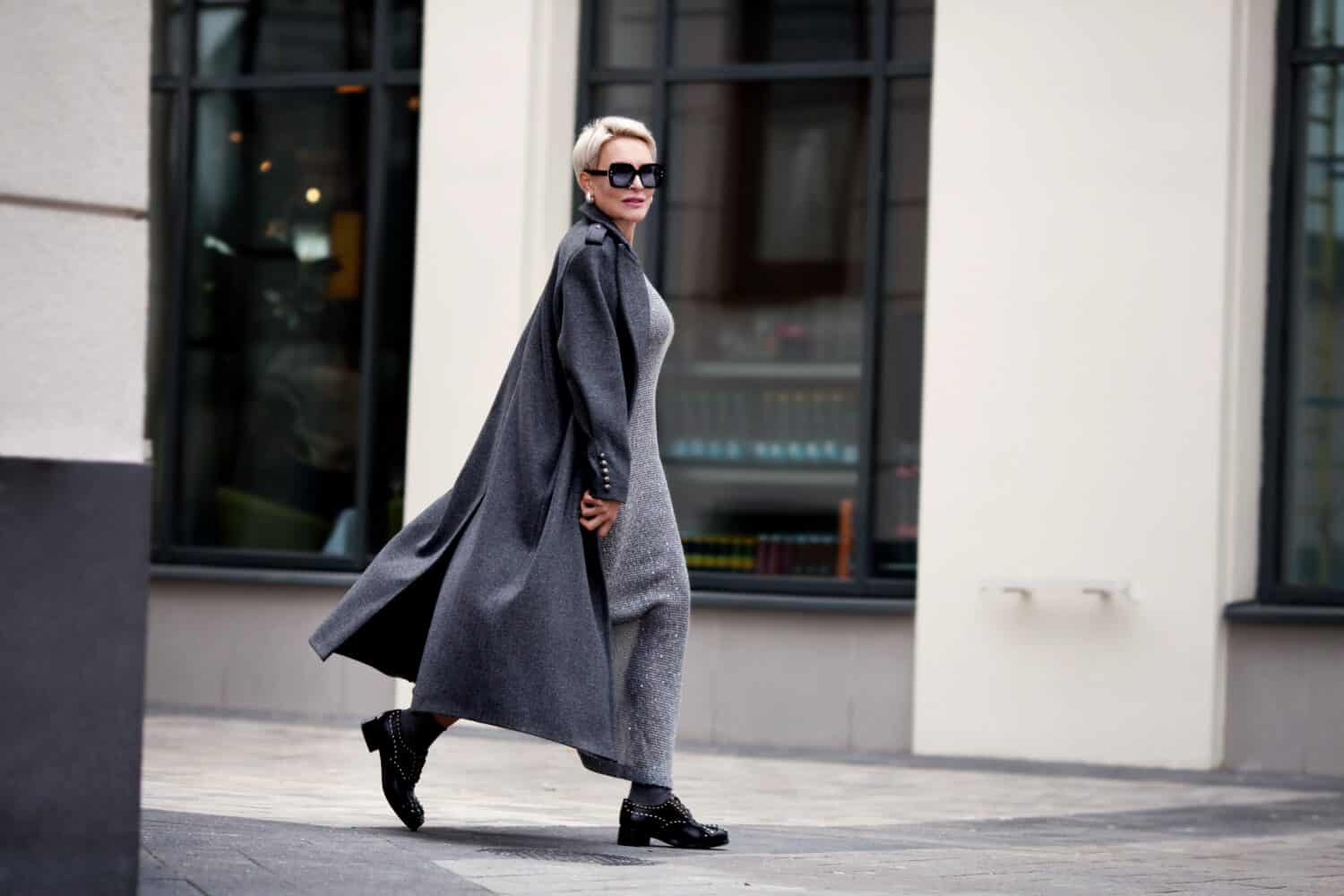
Because ‘50s fashions leaned towards the hourglass figure, the swing coat complemented that goal. The coat featured an A-line design that might have a fitted waist, but it didn’t have to. What was popular was to have the neck and wrist cuffs lined with real or faux fur and the lower portion of the coat was loose like a circle skirt. Wool was a common material due to its warmth and durability.
Saddle Shoes
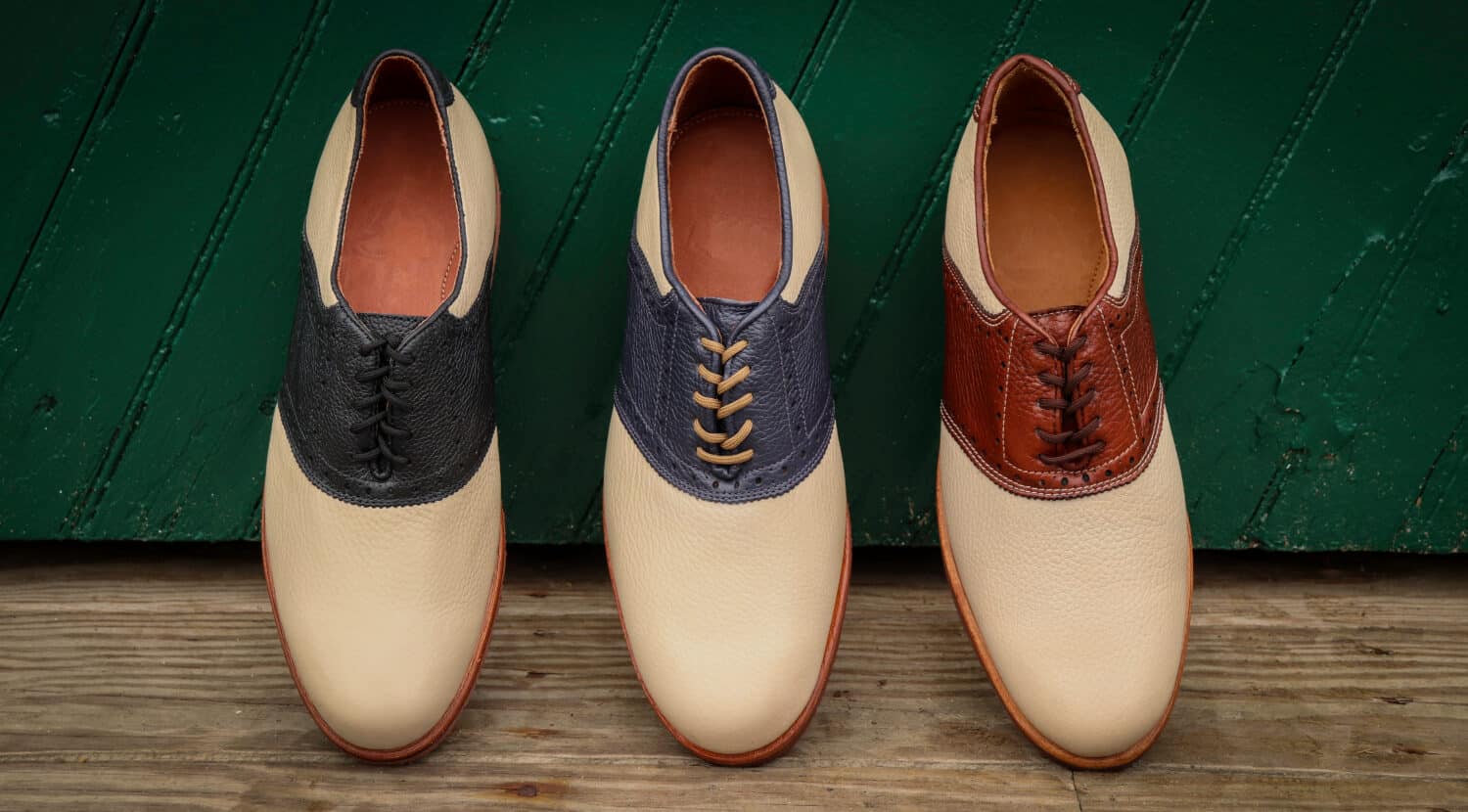
Classic saddle shoes have white heel and toe sections and a black mid-section. These leather shoes have a thinner sole and minimal heel. The design is clear. Modern designs add color, though classic black and white saddle shoes are the ’50s footwear trend I’d like to see return.
Wayfarers
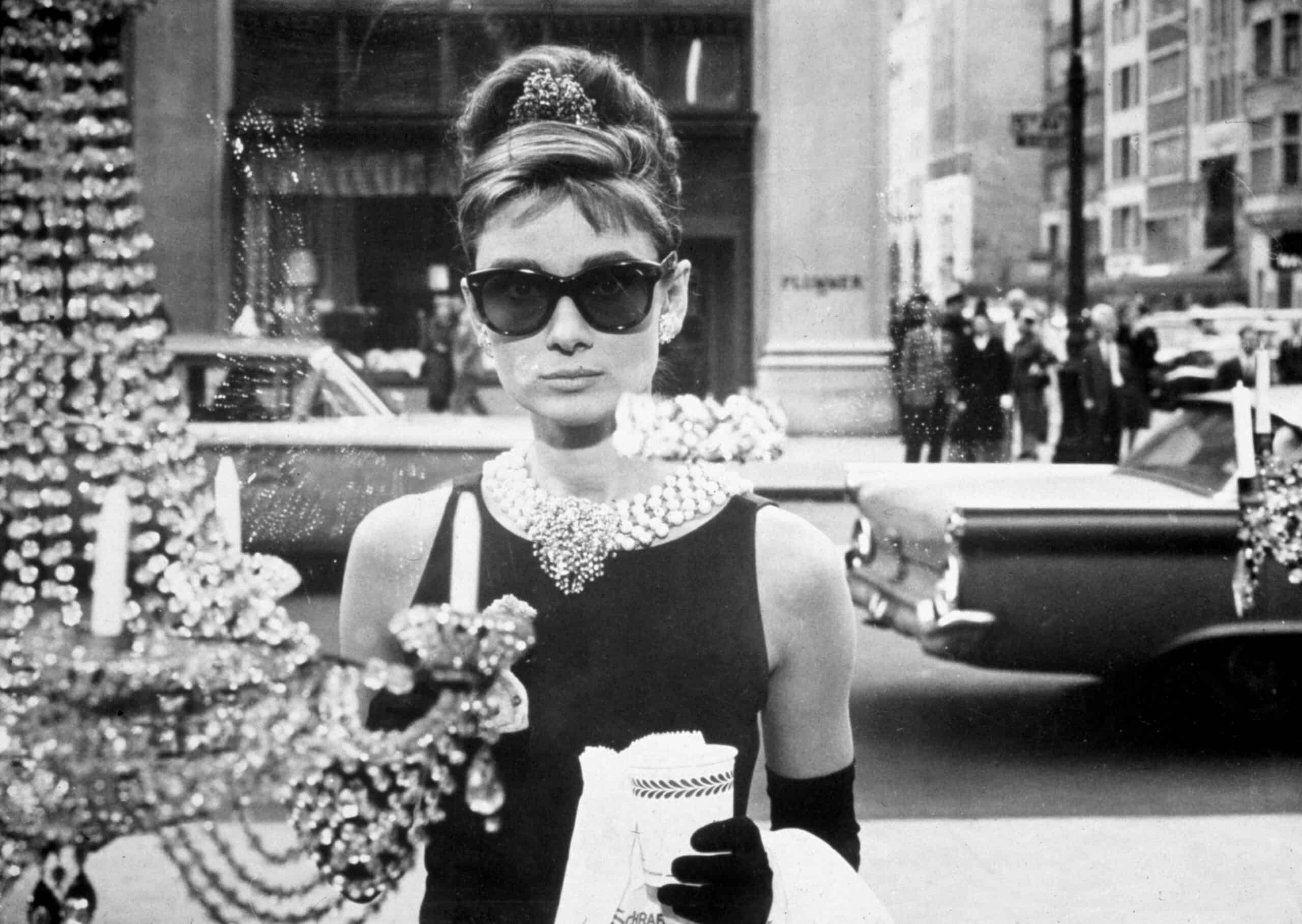
A still from the movie Breakfast at Tiffanys featuring Audrey Hepburn as Holly Golightly. She wears sunglasses, a little black dress, long gloves and a tiara in her chignon.
Ray-Ban hit the scene in 1952 with the Wayfarer sunglasses and gained a following as actors like James Dean and Audrey Hepburn wore them. While these classic sunglasses remain, they’ve gone through several redesigns over the years adding bulkier frames.
The Wrap Dress
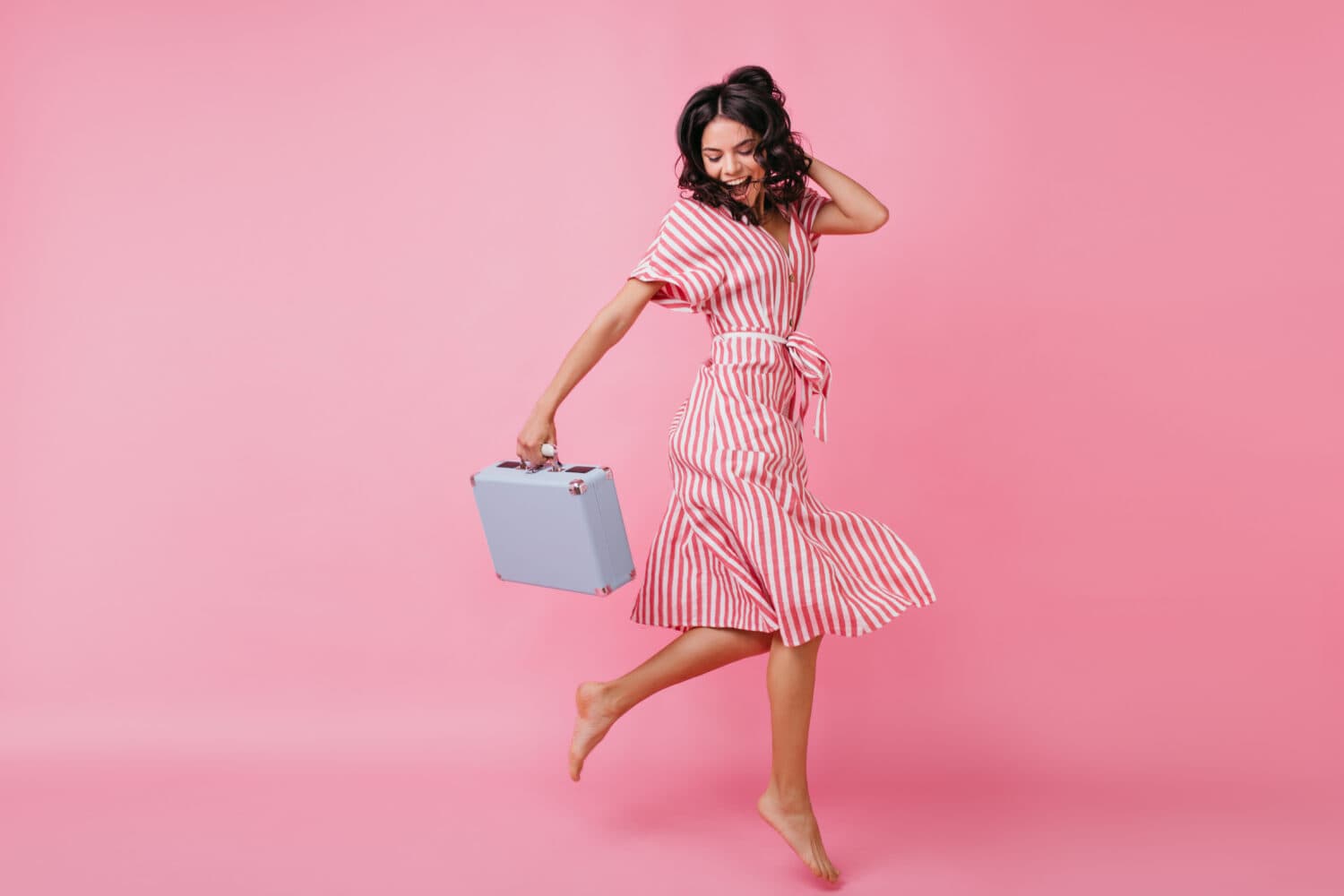
The convenience of the wrap dress was undeniable. After setting curls just right or putting the finishing touches on a high ponytail or bouffant, pulling a dress over the head wasn’t appealing. The wrap dress wrapped around the body like a robe and inner ties and an outer belt or more ties ensured the dress remained wrapped for the day.
Two-Piece Swimsuits With Shorts or Skirts

As two-piece swimsuits grew in popularity, one thing made 1950s bikinis stand out. Bra tops or tank tops were paired with high-waisted shorts or tennis-style skirts. They had the comfort of a two-piece without leaving too much skin exposed to the sun. Have you seen Sandra Dee in “Gidget?” Her attire in that film features classic 1950’s two-piece swimsuits.
Over the decades some of these fashion trends from the 1950s have come and gone, but they never seem to last long enough. Explore other 1950s fashion trends by reading “The Most Popular Movie Stars of the ‘50s.”
